
Cholecalciferol in Rat Poison. Rat poisons are chemicals developed to control vermin. There are three commercially available types of rat poison, namely anticoagulants, bromethalin (a neurotoxin) and cholecalciferol. Rats and other vermin are difficult to contain because of their feeding habits; as such, rat poison is used in ample amounts in many situations. The constituent ingredients in these hazardous chemicals pose significant threats to humans and animals upon exposure.
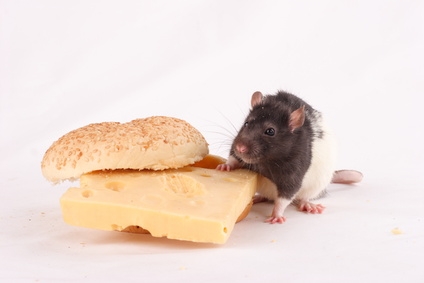
Cholecalciferol is a vitamin D3-based rat poison. The substance is toxic for rodents because it assists in absorption of calcium in the body. This uptake is lethal for rats and other vermin because the increased levels of calcium leads to mineralization (crystal formation) in blood vessels, stomach, kidneys and lungs. This phenomenon, referred to as hypercalcemia, is singularly caused by cholecalciferol substantially increasing calcium levels in the rodent body. In time, ingestion of cholecalciferol ultimately leads to heart problems, bleeding, kidney failure and death.
Ability of vitamin-D3 poisons, such as cholecalciferol, to kill rats at first exposure depends on the concentration of its active ingredient in the bait; if it contains more than a particular concentration of cholecalciferol, the poison is a "single-dose" type. Poison variants that infect the rodent with small ingestions over time are known as "cumulative." Cumulative-effect poisons contain relatively smaller doses of toxic substances. In general, a bait with a cholecalciferol concentration of 0.075 percent will kill the rodent after a single ingestion of relatively large portions. A subchronic poisonous effect is when death occurs within a week of ingesting the bait.
Ingredients in rat poisons are a very real danger to household animals. Extent of toxicity and severity of exposure to cholecalciferol in family pets depend on concentration of toxic substances in the poison, amount ingested and frequency of ingestion. Dogs, who are far more susceptible than cats to have toxic reactions, show symptoms such as depression, lack of appetite, frequent urination, abnormalities in heart rhythm, high blood pressure, weakness, diarrhea and vomiting, bloody stool, seizures and death. Symptoms appear with as little as 1 mg per pound of body weight, and concentrations of 4 mg per pound of body weight have been known to be lethal. Cholecalciferol shows little or no adverse reactions in cats.
The first step is to induce vomiting immediately, and the most important measure involves administering calcitonin to decrease serum calcium. A veterinarian will also administer intravenous fluids to increase urine excretions, thereby controlling (lowering) calcium levels in serum. Other actions include administration of prednisone and furosemide for diuretic effects and the control of seizures, and correction of imbalances in electrolytes and hydration. The animal should be fed a low-calcium diet for 30 days following accidental exposure; vitamin and mineral supplements should be discontinued during this period.
Most common sources of cholecalciferol in rat poison are Quintox, Ortho Rat-b-gone and True Grit Rampage. Natural sources include plants such as Cestrum diurnum and Solanum malacoxylon. The anticoagulant class of rat poison is the most popular and widely available rodenticide, and includes warfarin, fumarin and bromadiolone. If you use these in meager amounts, you'll minimize the likelihood of accidental exposure to poisonous chemicals.
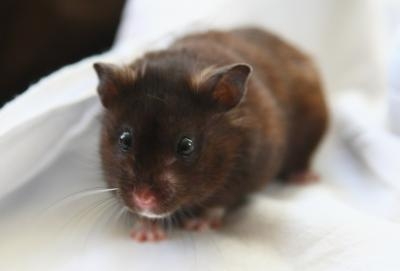 How to Make Your Hamster Smell Better
How to Make Your Hamster Smell Better
How to Make Your Hamster Smell Better
How to Make Your Hamster Smell Better
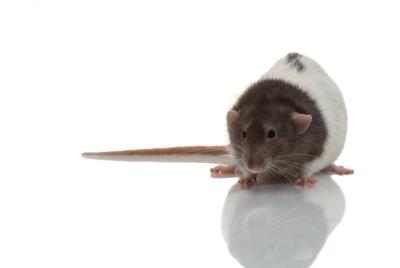 How to Get Rid of Mites on Rats
How to Get Rid of Mites on Rats
How to
How to Get Rid of Mites on Rats
How to Get Rid of Mites on Rats
How to
 Nutritional Needs for Squirrels
Nutritional Needs for Squirrels
Nutrit
Nutritional Needs for Squirrels
Nutritional Needs for Squirrels
Nutrit
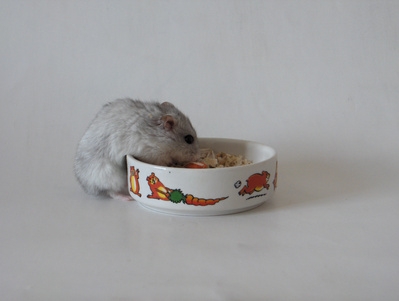 Do Hamsters Eat Mealworms?
Do Hamsters Eat Mealworms?
Do Hamsters
Do Hamsters Eat Mealworms?
Do Hamsters Eat Mealworms?
Do Hamsters
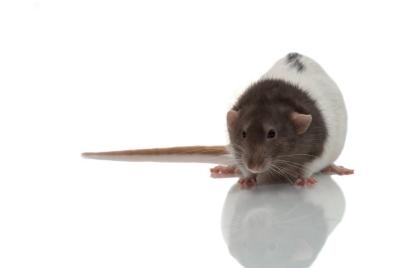 Ways to Bond with Your Rat
Ways to Bond with Your Rat
Ways to Bon
Ways to Bond with Your Rat
Ways to Bond with Your Rat
Ways to Bon
Copyright © 2005-2016 Pet Information All Rights Reserved
Contact us: www162date@outlook.com